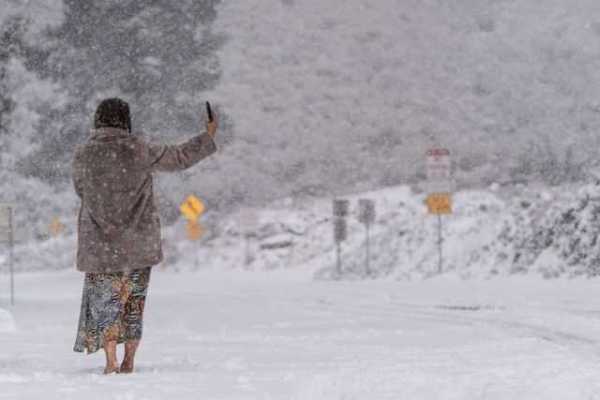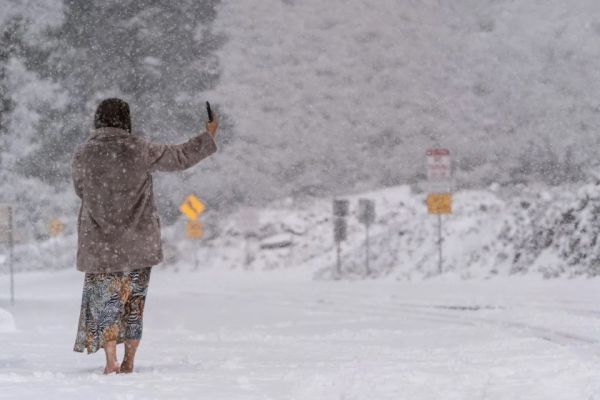

Winter has officially started making its presence felt in North India. The India Meteorological Department (IMD) has issued a winter alert, predicting a significant drop in temperatures and dense fog in several states over the next few days. As the season shifts, it’s time to bundle up and prepare for a sharp chill.
Temperatures Take a Plunge in Delhi-NCRDelhi-NCR has experienced a noticeable dip in its minimum temperature over the past 24 hours. While maximum temperatures remain steady between 28°C and 30°C, the mercury is dropping to 12°C–17°C at night. The cold is settling in, and mornings now begin with a distinct nip in the air.
The national capital also continues to grapple with severe air quality. On Sunday, the Air Quality Index (AQI) was recorded at a hazardous 429, according to the Central Pollution Control Board’s Sameer app. With visibility further reduced by moderate fog, Delhi’s residents are bracing for both weather and pollution challenges.
IMD Issues Dense Fog and Cold AlertsIMD has forecast plummeting minimum temperatures—up to 3°C lower in many parts of northwest India, including Punjab, Haryana, Uttar Pradesh, Rajasthan, and Bihar. Dense fog is likely to blanket these regions during the early mornings and nights, creating a picturesque yet hazardous winter scenario.
In hilly states like Himachal Pradesh, heavy fog is expected for the next five days, turning the landscapes ethereal but travel treacherous. Meanwhile, sub-Himalayan areas such as West Bengal, Sikkim, Assam, and Meghalaya are also in for foggy mornings until November 18.
Rainfall and Storms in Southern StatesWhile the north prepares for its winter chill, southern states are bracing for thunderstorms and rain. Tamil Nadu, Puducherry, Kerala, and Mahe can expect light to moderate rainfall on November 17 and 18, accompanied by lightning and occasional gusty winds. The Andaman and Nicobar Islands will remain on rain alert throughout the week.
Delhi’s Weather SnapshotSunday morning recorded Delhi’s lowest temperature at 11.8°C, the coldest of the plains. The city’s maximum temperature remains slightly above average, while the minimum temperature is about 4°C higher in some areas, hinting at fluctuating conditions as winter tightens its grip.
Humidity levels soared to 94% on Sunday morning, adding to the discomfort. As moderate fog continues to persist during the early hours, travel delays and reduced visibility remain concerns.
How Severe is Delhi’s Air Quality?Delhi’s air quality remains in the “severe” category, posing significant health risks. On Saturday, the 24-hour average AQI was recorded at 417, a grim reminder of the ongoing pollution crisis. Any AQI above 400 indicates severe pollution levels, leading to respiratory issues even in healthy individuals and posing serious risks for vulnerable populations.
What Lies Ahead?The coming days will bring cold mornings, foggy nights, and a continued dip in temperatures for much of North India. If you’re in states like Punjab, Haryana, or Uttar Pradesh, brace for dense fog and restricted visibility. Meanwhile, southern India’s rain and thunderstorms might bring brief relief from rising temperatures but could disrupt daily life.
Whether it’s chilly mornings or rain-soaked evenings, India is witnessing a dramatic shift in weather patterns. As winter deepens and pollution remains a persistent issue, it’s essential to take precautions, especially for children, the elderly, and those with respiratory conditions.
Pro Tips to Stay Safe